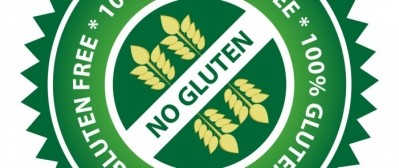‘Free from’ claims can trade on false safety concerns says trade body
The tendency to label a product as ‘free from’ certain chemicals such as the preservative group parabens, can be misleading to consumers on two counts, according to the head of the CTPA, Chris Flower.
Firstly it implies there are safety concerns over the ingredient in question, and secondly that the other ingredients that have been added are safer and better, he explained.
“In the case of parabens, we feel that people are trading on the false allegations of safety concerns,” he said.
For this reason, the trade body advises its members against using ‘free from’ statements in their marketing.
“We strongly suggest that safety shouldn’t be used as a route to commercial benefit, as it suggests other products are inherently unsafe. We are all required to provide safe products and this kind of practice undermines the industry as a whole,” he said.
Advertise what is in the product
Instead the body advises its members to extol the virtues of what is included in the formulation, rather than flagging up the absence of certain ingredients.
According to Flower, there has not been an upsurge in ‘free from’ claims which suggests the trade body’s approach is having an effect.
Earlier this week, France’s body for competition and fraud control (DGCCRF) concluded that drawing attention to the absence of certain preservatives in cosmetics products can mislead the consumer.
DGCCRF, in partnership with the French authority on the safety of health products (Affsaps), investigated the chemical makeup of products, and how this compared to their labels, as well as investigating the levels of microbial contamination.
Amongst the products tested, which were positioned in the natural or organic sector, some claimed to be preservative free and others free from certain preservatives.
Chemical analysis of the formulations flagged up a number of products that contained traces of preserving compounds that were not marked on the label. As these were in very low concentrations the report concluded that it was not wilful misleading on the part of companies, rather the traces of chemicals used to preserve ingredients.
In contrast, however, the DGCCRF felt that flagging up the absence of certain preservatives, when the product contained others, could be seen as wilfully giving incomplete information and misleading the consumer about the product’s real formulation.










